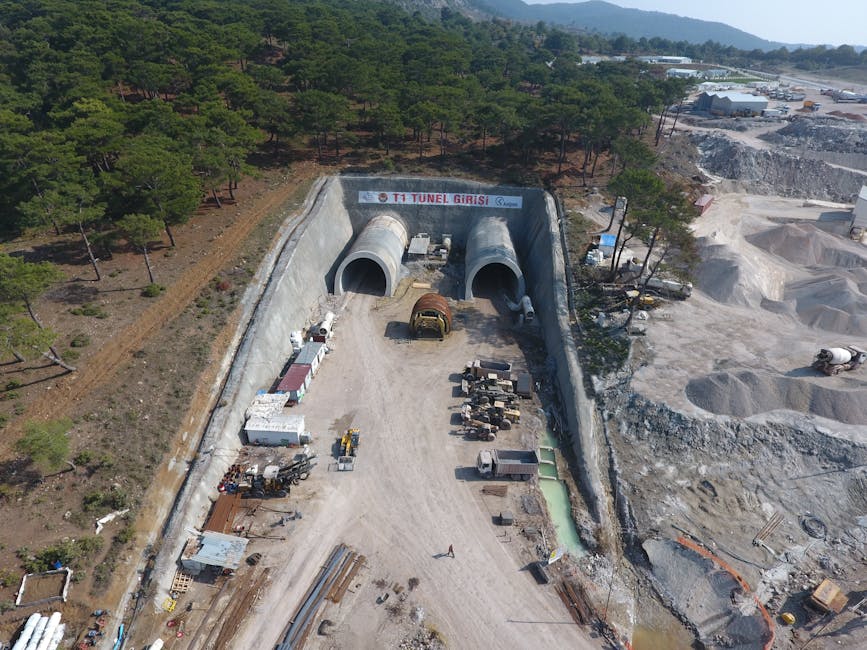A magnitude 4.2 earthquake struck Myanmar in the early hours of the morning, according to India’s National Center for Seismology (NCS). The tremor, which occurred at approximately 5:15 AM IST, was registered at a relatively shallow depth of 37 kilometres.
While no immediate reports of significant damage have emerged, the event highlights the seismic vulnerability of the region and puts a spotlight on the specific dangers of shallow-focus earthquakes. The quake’s epicentre was located near the India-Myanmar border, a reminder of the shared tectonic activity that makes the entire Himalayan belt one of the world’s most active seismic zones.
Why a Quake’s Depth is a Critical Factor
While a 4.2 magnitude tremor is considered moderate, its shallow depth is a critical factor that seismologists and disaster management experts monitor closely. But why does the depth of an earthquake matter so much? The potential for damage on the surface is inversely related to the depth of the quake’s origin, or hypocentre. Simply put, the shallower the quake, the more intense the shaking can be on the surface.
The Science of Shallow Quakes: Closer Means Stronger
Imagine dropping a stone into a deep lake versus a shallow puddle. The splash and ripples from the puddle are far more immediate and violent at the surface. Earthquakes operate on a similar principle.
Dr. Anjali Sharma, a seismologist with a leading geological research institute, explains, “When an earthquake occurs deep within the Earth’s crust, say at 100 or 200 kilometres, the seismic waves have to travel a long distance to reach the surface. This journey causes the waves to lose a significant amount of energy, a process called attenuation. By the time they reach our cities, their power is greatly diminished.”
However, for a shallow earthquake like the one in Myanmar (generally classified as anything less than 70 km deep), this energy travels a much shorter path.
“With less rock and soil to travel through, the seismic waves arrive at the surface with most of their power intact,” Dr. Sharma clarifies. “This results in much more intense and violent ground shaking directly above the epicentre, even for a quake with a moderate magnitude.”
This means a magnitude 5.0 earthquake at a depth of 20 kilometres can cause more localised damage than a magnitude 6.0 quake occurring 300 kilometres deep. The ground shaking is sharper and more vigorous, which is particularly destructive to structures not designed to withstand such high-frequency vibrations.
Myanmar’s Tectonic Setting: A Region on High Alert
This event is another geological reminder of the region’s complex and volatile tectonic setting. The Indian Plate is continuously pushing northward into the Eurasian Plate—a colossal geological collision that formed the Himalayas. This immense pressure builds up stress in the Earth’s crust, which is inevitably released as earthquakes. The entire Indo-Burmese Arc is a highly active seismic zone, making preparedness a necessity for the millions living there.
Today’s 4.2 magnitude tremor in Myanmar serves as a potent reminder from nature. It underscores the critical importance of factoring in not just magnitude, but depth when assessing earthquake risk and designing our infrastructure and emergency response plans.




